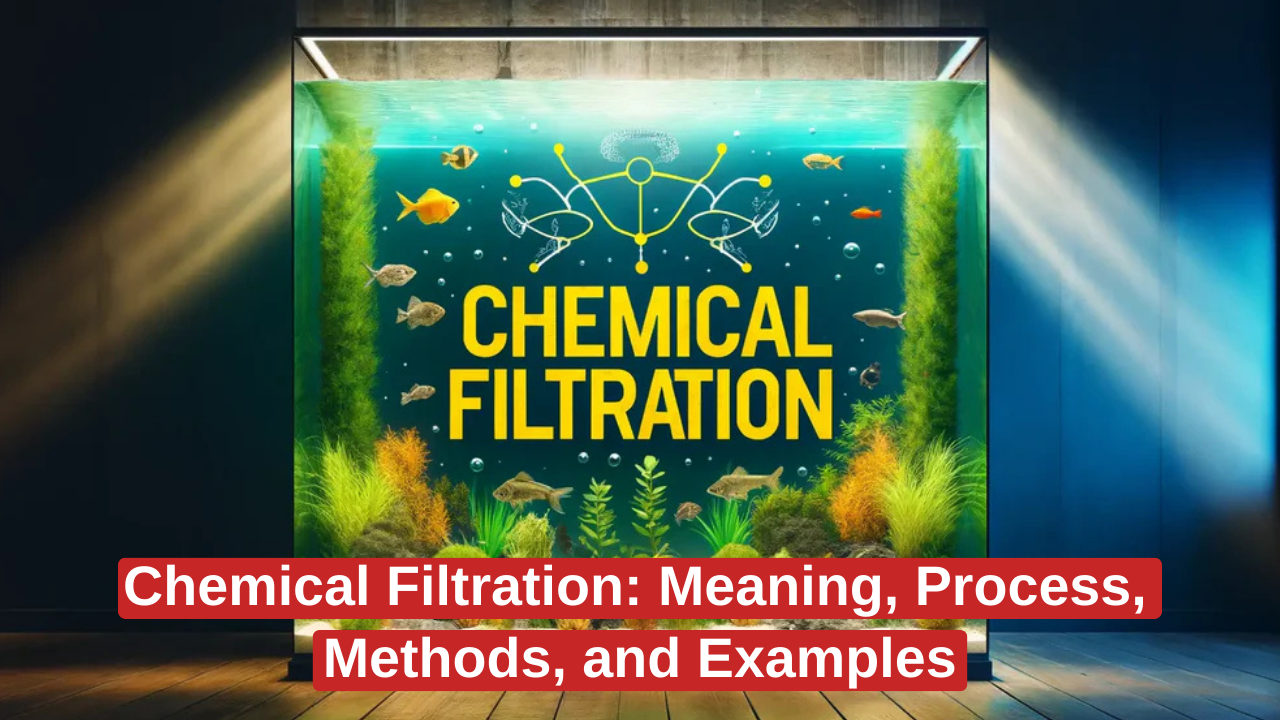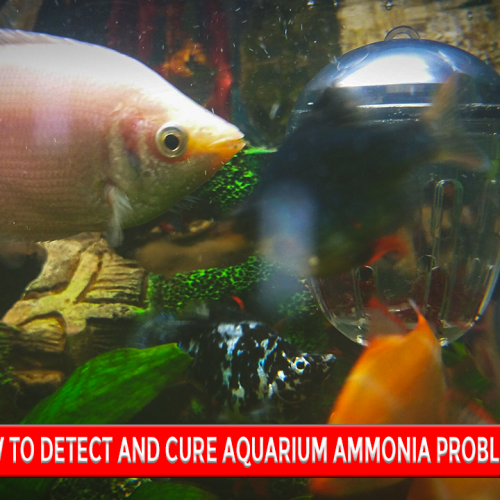One of the most important processes applied in different applications, ranging from water treatment to aquariums and industrial systems, is chemical filtration. It is a process using chemicals or specialized materials that remove impurities, toxins, or unwanted substances from a medium, usually water or air. Understanding how chemical filtration works and the methods involved can help you pick the right approach for your needs. Here’s everything you need to know about chemical filtration, including its meaning, process, methods, and examples.
What is Chemical Filtration?
Chemical filtration is defined as a method by which chemical agents or media filter at the molecular level interact with contaminants for its removal from a fluid or gas. It is fundamentally different from mechanical filtration since instead of physically trapping contaminants, it involves binding or neutralizing contaminants through a chemical reaction.
For example, in water purification, chemical filtration helps in filter particles in the solution that mechanical filters cannot intercept, like chlorine, heavy metals, or organic compounds. Therefore, it finds applications in drinking water treatment, aquarium use, and industrial wastewater treatments.
Chemical Filtration Process
The chemical filtration process can be divided into the following stages:
- Introduction of Filtration Media or Agents: A filtration medium, which could be activated carbon, ion exchange resins, or chemical additives, is added to the fluid or gas. These substances are designed specifically to target certain contaminants.
- Chemical Interaction: The filtration media interact with the impurities at the molecular level. The type of interaction will depend on the kind of filtration applied, whether through adsorption, ion exchange, or oxidation/reduction reactions.
- improper evacuation of impurities: As the impurities get bound to or react with the medium of filtration, these are evacuated from the liquid or gas. The filtering media may then be continuously sent to the system.
- Replacement or revival of the media: The medium gets saturated with impurities and, therefore, require their replacement or revival to acquire an appropriate performance.
Methods of Chemical Filtration
There are several chemicals filtration methods. Each deals with a specific type of contamination. Here are the general ones:
1. Activated Carbon Filtration
Activated uses heavily porous carbon material to remove contaminants from water or air. This porous structure offers a large surface for adsorption where contaminants settle on the carbon surface.
uses heavily porous carbon material to remove contaminants from water or air. This porous structure offers a large surface for adsorption where contaminants settle on the carbon surface.
- Applications: Removing chlorine from tap water, ridding odors, and cleansing air.
- Advantages: Gives great removal of organic matters, chlorine, and other heavy metals.
- Disadvantages: Does not remove all contaminants and has to be replaced periodically.
2. Ion Exchange
Ion exchange is the process in which unwanted ions found in water are exchanged with more desirable ions such as sodium or hydrogen. This process is usually seen in water softening and deionization treatments.
- Applications: Water softening, industrial water treatment, and aquarium.
- Advantages: Softens minerals and other ionic impurities.
- Disadvantages: Requires constant renewal with salt or acid solutions.
3. Chemical aids
 In some filtration, chemicals are added to water or air so that treatment can be more effective and efficient. One such is the use of chlorine as a disinfectant of water, coagulants which bind suspended matter together, facilitating easy elimination.
In some filtration, chemicals are added to water or air so that treatment can be more effective and efficient. One such is the use of chlorine as a disinfectant of water, coagulants which bind suspended matter together, facilitating easy elimination.
- Municipal and industrial use
- Advantages: Targets contaminants selectively
- Disadvantages: Presents secondary products that also must be removed
4. Oxidation-Reduction (Redox) Reactions
This involves changing the oxidation state of impurities in a solution to an easy filtration form with chemicals. For example, change the iron dissolved in water to the insoluble mechanical form which filters easily.
- Applications: Remove manganese and iron, chlorine-neutralize
- Benefits: They can deal efficiently with only specific forms of contaminants
- Disadvantages: Possibly add other additional filtering units for oxidizing particles.
Some Examples of Applications for Chemical Filtration
Chemical filtration is applied in various fields, from making water, air, and other fluids safe and clean. Examples with practical applications are as follows:
Chemical filtration is used by aquarium owners to keep the water clean and safe for fish. Chemical filtration removes most types of dissolved toxins, chemicals from medications, and organic waste that mechanical filters cannot capture.
2. Drinking Water Purification
Chemical filtration is applied in the home water filter systems for the removal of chlorine, chloramine, and other harmful chemicals making tap water taste better and safer. Activated carbon filters are very popular for this.
3. Industrial Wastewater Treatment
Industries use chemical filtration methods like ion exchange and oxidation that remove metals, chemicals, and organic contaminants, for wastewater treatment before it is discharged to the environment.
4. Air Purification
Activated carbon filters in air purifiers remove odors, gases, and volatile organic compounds (VOCs), which keep the indoor environment clean and healthy.
Advantages and Disadvantages of Chemical Filtration
Advantages:
- High Efficiency: This method removes dissolved substances as well as contaminants that will not pass through mechanical filters.
- Specific Filtration: This process can help remove chlorine, heavy metals, and odors from the water.
- Improves Quality of Water and Air: Water and air become cleaner and better quality for drinking and respiration.
Disadvantages:
- Needs Constant Replacement: It douses the filtration media as they get saturated over time and are not so effective.
- Introduces Other Chemicals: Processes call for chemicals that themselves must be filtered out.
- Doesn’t Work on Everyone: Doesn’t work for every kind of contaminant; also fails when dealing with particles bigger than the filter pore sizes or microorganisms.
Conclusion:
Chemical filtration is the process of filtering water, air, or other fluids of different applications. The methods can be employed for purifying drinking water, maintaining an aquarium, or treating industrial wastewater. Knowing how each differs and for what purpose it is applied will help you make a proper choice for your needs in filtration. Combining chemical filtration with other techniques results in cleaner and safer product output.
FAQs (frequently-asked questions)
Of course, chemical filtration supports water quality in aquariums: by removing dissolved toxins and organic waste, the aqua environment improves its state.
In fact, this depends on the type and degree of contaminants. Thus, activated carbon is replaced generally after 4-6 weeks, and ion-exchange resins should often be regenerated.
No, best used in conjunction with mechanical filtration. Chemical filters are targeted at dissolved substances while the mechanical filters target larger particles.




